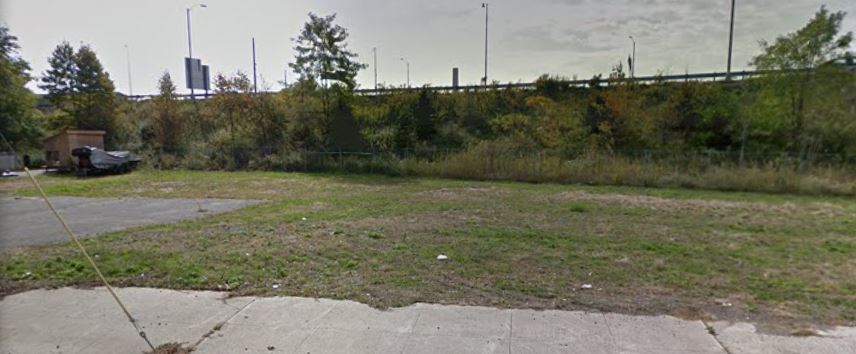The city of New Haven, Connecticut is tired of having blight inflicted on them by the state’s Department of Transportation (ConnDOT). It started over a half-century ago, when ConnDOT’s planners–like many of their brethren across the country–were caught up in an urban highway-building fad. They felt that modern cities didn’t need pedestrians and bicycles any more: only cars mattered.
Also like most of their urban highway-building brethren, they felt that modern cities didn’t need low-income residents, especially if they comprised ethnic minorities. So they rampaged through vibrant blue-collar immigrant and African-American neighborhoods with bulldozers, seemingly intent on turning them all into highways.
Citizens revolted in the cities across the U.S., inspired by the success of citizen push-back in Vancouver, British Columbia, where popular outrage saved that beautiful city from a system of waterfront highways that would have undermined their economy and quality of life for generations. Unlike Vancouver, Americans were seldom successful in stopping the destruction.
In Washington, DC, citizen outrage at over highway planners’ “war on the poor” resulted in an unfinished section of freeway. The same thing happened in New Haven. Unlike Washington, DC–which finally completed that I-695 link many decades later–the 16 acres of downtown property set aside for the last link in New Haven’s freeway system will never become highway. The vacant lots have sat there since the 60s, unmaintained by ConnDOT, and sabotaging New Haven efforts to revitalize the neighborhoods that contain them.
Intended as the location for a mini-highway connecting I-95 to the suburbs growing west of New Haven, the XonnDOT-owned corridor–which cut up the city and displaced thousands of people–ultimately was abandoned to become open grass space and surface parking lots. The city has been working since the 1990s to knit that part of the city back together and has had some success in the downtown portion of the corridor.
Now, New Haven Mayor Toni Harp is hoping to have some similar success in the rest of the corridor. She argues that the state DOT is standing in the way because it has failed to do anything with the properties, including keeping them clean and plowed.
When Jeff Moreno became a Livable City Initiative neighborhood specialist for the Hill, he tried to get someone to clean up a fenced lot near the end of Rosette Street. At first he didn’t know the identity of the nuisance landlord; it turned out to be the state Department of Transportation.
Similarly, when Lisa McKnight first moved to Rosette Street almost 50 years ago, her family’s and her neighbors’ yards were lush with grapevines, apple trees, pear trees, and rose bushes. Now she may get to see such splendor reappear on the long-vacant, overgrown lawn across the street from her home. Or it may become a dog park, playground, or public plaza. What it won’t become is freeway.
The city is finally getting control of that vacant Rosette Street lot and 15 others from ConnDOT. And it’s asking neighbors like McKnight to help decide what to put there.
It’s part of a new city initiative to repurpose empty public spaces and let the community decide on how those spaces should be used. The city and state had been at odds over the matter, the city claiming that the state’s neglect was blighting neighborhoods.
New Haven is asking ConnDOT to hand over — for the princely sum of about $16 — that property and 15 other “excess” lots it owns throughout the city, particularly around a state road that divides the Hill neighborhood from West River.
That request is part of a broader bill before the state legislature aimed at ordering DOT and other state departments to convey ownership of unused land to local communities.
A city official told lawmakers this week at a hearing on the bill before the legislature’s Government Administration and Elections Committee that New Haven maintains many of those long abandoned properties and keeps them clean and plowed — and it spends untold hours chasing down people at DOT to clean up its property and stop contributing to neighborhood blight.
With the passage of this bill, 16 acres of blight will hopefully become 16 acres of revitalization, reconnecting and renewing the neighborhoods around them.
Photo of lot at 40 Kendall St. via Google Maps.
See June 26, 2017 article by Thomas Breen in the New Haven Independent.
See June 8, 2017 article in the New Haven Independent by Markeshia Ricks.
See March 24, 2017 article in the New Haven Independent by Markeshia Ricks.

